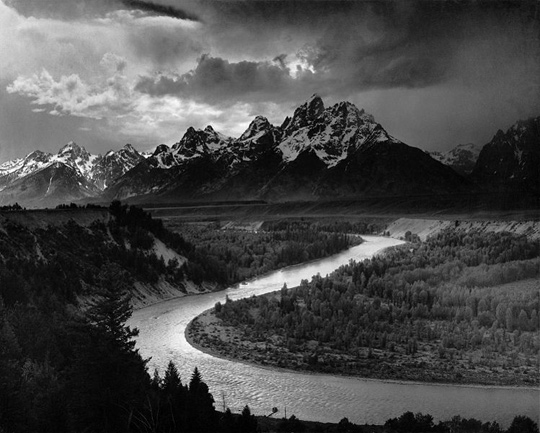In the virtual school setting, asking students questions during Discussion Based Assessments (Oral Exams) takes place 2-4 times per semester to ensure academic integrity and student mastery of content. To prepare for these discussions, I review the objectives for each lesson and use it as a guide for my conversation with my students. In Chapter 8 of Strategies That Work (Harvey, 2007, p. 123) it discusses authentic questions versus assessment questions. This got me thinking about my questioning strategy. Although my conversation with my students is dynamic (I can steer them in the right direction or ask the question in a different way, they can ask for clarification, etc.), I realized I ask assessment questions the majority of the time.
Example assessment questions I ask in my Language Arts and Photography courses:
- What is the theme of the story?
- What was the conflict in the story?
- What comes after exposition on the plot pattern?
- What is the rule of thirds?
- Why does the image appear upside down in your pinhole camera?
- What are aperture and shutter speed and how are they related?
These types of questions are necessary to monitor comprehension and academic growth, but I wanted to explore more authentic questions in my Discussion Based Assessments.
To do this, I invited my high school Creative Photography students to attend a live
virtual lesson that allowed for group discussion through a photo critique to encourage new thinking and prompt new insight through authentic questions. I posted the photo below and asked the following questions:
Example assessment questions I ask in my Language Arts and Photography courses:
- What is the theme of the story?
- What was the conflict in the story?
- What comes after exposition on the plot pattern?
- What is the rule of thirds?
- Why does the image appear upside down in your pinhole camera?
- What are aperture and shutter speed and how are they related?
These types of questions are necessary to monitor comprehension and academic growth, but I wanted to explore more authentic questions in my Discussion Based Assessments.
To do this, I invited my high school Creative Photography students to attend a live
virtual lesson that allowed for group discussion through a photo critique to encourage new thinking and prompt new insight through authentic questions. I posted the photo below and asked the following questions:
- Discuss how this photo demonstrates one the photographic principles you learned in this module?
- If you had to make one change to this image, what would it be and why?
Student responses included:
- The image follows the rule of thirds because the woman is not centered but
positioned in the right third of the picture.
- I would change the composition so the woman was pictured in the left third of the
frame so the active space is in front, rather than behind her.
- I would convert this to black and white to draw more attention to the subject in the
photo.
We also practiced more formal photo critiques using the following questions and photos:
- Observe – What do I notice first?
- Analyze – Describe the photo in detail using art and photography vocabulary?
- Interpret – What do you think it means?
- Evaluate – You are the judge now. How would you rate this artwork overall?
- If you had to make one change to this image, what would it be and why?
Student responses included:
- The image follows the rule of thirds because the woman is not centered but
positioned in the right third of the picture.
- I would change the composition so the woman was pictured in the left third of the
frame so the active space is in front, rather than behind her.
- I would convert this to black and white to draw more attention to the subject in the
photo.
We also practiced more formal photo critiques using the following questions and photos:
- Observe – What do I notice first?
- Analyze – Describe the photo in detail using art and photography vocabulary?
- Interpret – What do you think it means?
- Evaluate – You are the judge now. How would you rate this artwork overall?
This questioning strategy allowed students to consider the technical and emotional aspect of photography, elaborate on their classmate’s answers, and pose questions of their own. Overall, I found it to be a successful sessions that both the students
and I enjoyed.
I am currently working on a website just for my photography classes that will allow me to create a teacher and student photo gallery. My goal is to post photos weekly and have a poll or comment section available to promote authentic questioning and encourage student participation and interaction.
and I enjoyed.
I am currently working on a website just for my photography classes that will allow me to create a teacher and student photo gallery. My goal is to post photos weekly and have a poll or comment section available to promote authentic questioning and encourage student participation and interaction.



 RSS Feed
RSS Feed